The Basque Country, or as its known by the locals: Euskadi, has always preferred to do its own thing. What a blessing that is; this autonomous community’s individualistic streak and hardworking attitude have made this destination truly exceptional. There’s always something waiting to change your life in the Basque Country — whether it’s appetiser plates of the best food you’ve ever eaten, a specialty wine that broadens your taste buds, or a seductive mix of historical architecture and urban edge.
San Sebastián: the finest city in Spain for foodies
If you’ve heard of San Sebastián before, it may have been while reading a cooking magazine. This easy-going, seaside city has the bronze medal for the highest concentration of Michelin Stars per square capita in the world — outranking major culinary capitals like Paris, Copenhagen and Tokyo. There are 16 Michelin Stars across only nine restaurants. What’s more impressive is that out of the nine restaurants in Spain with three Michelin Stars, a third of them are all located in San Sebastián.
You don’t need to have a big budget to enjoy the Basque Country’s exceptional gastronomy. Pinxtos, the Basque equivalent of Tapas, is a way of life here. The trick is ordering one pinxto at a time, accompanied by a drink and friends. From salt-cured or brined anchovies and specialist txuleta steaks, to falso risotto (orzo pasta and a specialist sheep cheese) and locally grown tomatoes, every tiny bite is packed with flavour. If you’re lucky, you might have the chance to finish off your pinxtos with a cheesecake from La Viña: considered to be the best in the whole of Spain.
Yet, despite all of the fishy and meaty dishes, ordering as a vegetarian here is easier than you may suspect. To make the most out of your time here, we recommend booking a ‘Pinxtos and Wine’ day or evening tour with Devour Tours. For a cheaper alternative, you could download the free app Pinxtos; it includes recommendations from Michelin Star chefs in the area of what the best pinxto is at each bar.

Mundaka: world-class waves
In the Basque Country you’ll find not just the culinary capital of Spain, but the top spot for surfing! Every autumn and winter, this scenic town welcomes an international crowd of surfers ready to ride some of the most enthralling left-hand barrel waves across the board. Even if the waves can be a little fickle at the best of times, it’s worth being patient for.
You’ll find a few different surfing schools in town if you’re new to the sport — but even if it’s not your thing, there’s still a few activities to keep you busy here. As this town is located inside the UNESCO protected Urdbaibai Biosphere Reserve, it means there are plenty of hiking trails you could follow.
Pinxtos are not exclusive to San Sebastián either, so that should give you an idea of how to refuel after getting your steps in. Bar Goikoa in the centre of town is an exemplary place to start.

San Juan de Gaztelugatxe: fantasy and folklore
We’d say this next destination looks like something out a fantasy series, but this one actually is. San Juan de Gaztelugatxte, aka Dragon Stone, shot to fame after featuring in Game of Thrones. It’s been a meeting point for Daenyrs Targaryen and Jon Snow, and a prime spot for aerial dragon shots on television — but the real life location is captivating in its own grounded way.
This hauntingly beautiful islet is connected to the mainland solely by a Medieval stone bridge. Less of a castle and more of a hermitage, this ninth century church is still rife with legends: such as pulling the bell tower ring three times and making a wish.
If you’re thinking about the logistics of visiting, San Juan de Gaztelugatxe is only 20 minutes away from Mundaka. Bilbao is only 40 minutes away, whereas if you’re travelling from San Sebastián, it’ll take you longer — roughly an 1 hour and 40 minutes. But if you’re a big Game of Thrones fan or are into history, it’s worth taking the journey for.

Vitoria-Gasteiz: medieval quarters and urban murals
Quieter than Bilbao and less flashy than San Sebastián, Vitoria-Gasteiz frequently escapes the notice of tourists — despite being the Basque Country’s capital. Yet, it’s always the destinations you don’t expect much of which end up surprising you the most…
Its almond-shaped streets allow you to imagine what life must have been like centuries ago. Those into architecture will marvel at just how well-preserved Vitoria-Gasteiz’s Medieval quarter is to this day. Outside of churches and cathedrals, you can develop your interest further at a number of Vitoria-Gasteiz’s galleries and museums dedicated to the subject.
If you’d rather be thinking about the here and now, don’t dismiss Vitoria-Gasteiz just yet. Nicknamed the ‘Painted City’, there are several murals — illustrated by volunteers — scattered throughout Vitoria-Gasteiz. Basque’s capital not only celebrates art from all centuries, but it encourages all artists (not just the big names) to make their mark on the city.

Laguardia: Basque to basics
Keep the gastronomy experiences rolling with a trip to the vineyard-filled hills of Basque’s countryside. Whether you’re committed to the pinxtos ritual wherever you go, or making a special trip to one of the surrounding wineries — you’ll possibly feel clueless deciding what to try next (not just from the buzz) as it all looks so inviting. Can you ever have too much of a good thing?
The narrow Medieval streets of Laguardia have an almost Cinema Paradiso nostalgia, but with a distinctly Basque personality. If Laguardia came with its own soundtrack, it would be fiery with firm roots: both alive and in tribute to centuries of life well lived here. Maybe it has one, as outside the new town hall you’ll spot three dancers performing to a traditional song three times a day.
If you prefer car hiring while on holiday, the Basque Country is one of the better places to do so. Even outside of the major cities, the roads here are in quality condition. The surrounding Cantabrian mountains certainly makes for an appealing backdrop for a mini road trip.

Bilbao: a little bit of everything
Your trip to the Basque Country is incomplete without a stop-off in Bilbao. Even if you only visit a day, you’ll feel thankful that you made the effort.
Everything to love about the Basque country ties together perfectly in this vibrant city fit for all travellers. Not only is Bilbao one of the most comfortable cities for those in a wheelchair, but it has a host of family-friendly activities, romantic date ideas, or nightlife hotspots for a mini break with friends. If you’re a solo traveller, you’ll feel reassured by the city’s safety and accessible layout.
Entranced by the idea of unlimited pinxtos? Bilbao can hold its own against culinary powerhouse San Sebastián. Craving a mountain backdrop but wishing to be a stone’s throw away from the sea? This city has all of those natural amenities with an artsy, metropolitan flair.
The postmodern Guggenheim and nine-meters-tall spider sculpture designed by Frank Lloyd Wright and Louise Bourgeois respectively may not be to everyone’s taste. Bilbao as a city is a real mix of different styles — meaning that you’ll find plenty of conventionally attractive areas alongside the more unusual ones. But none capture the city’s electrifying spirit quite like the Guggenheim — which, in pioneer architect Frank Gehry’s eyes, is the “greatest masterpiece of our time.”


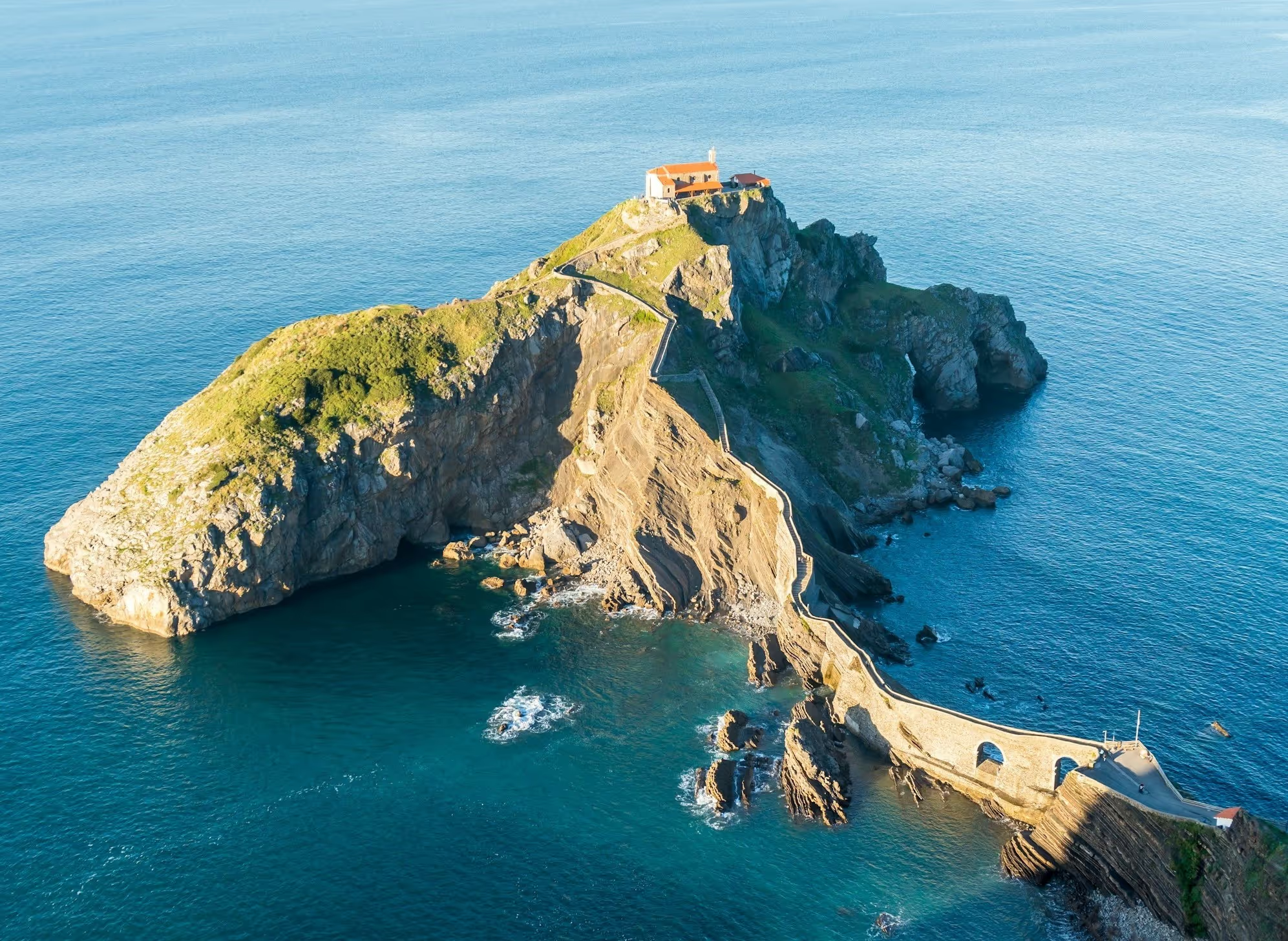




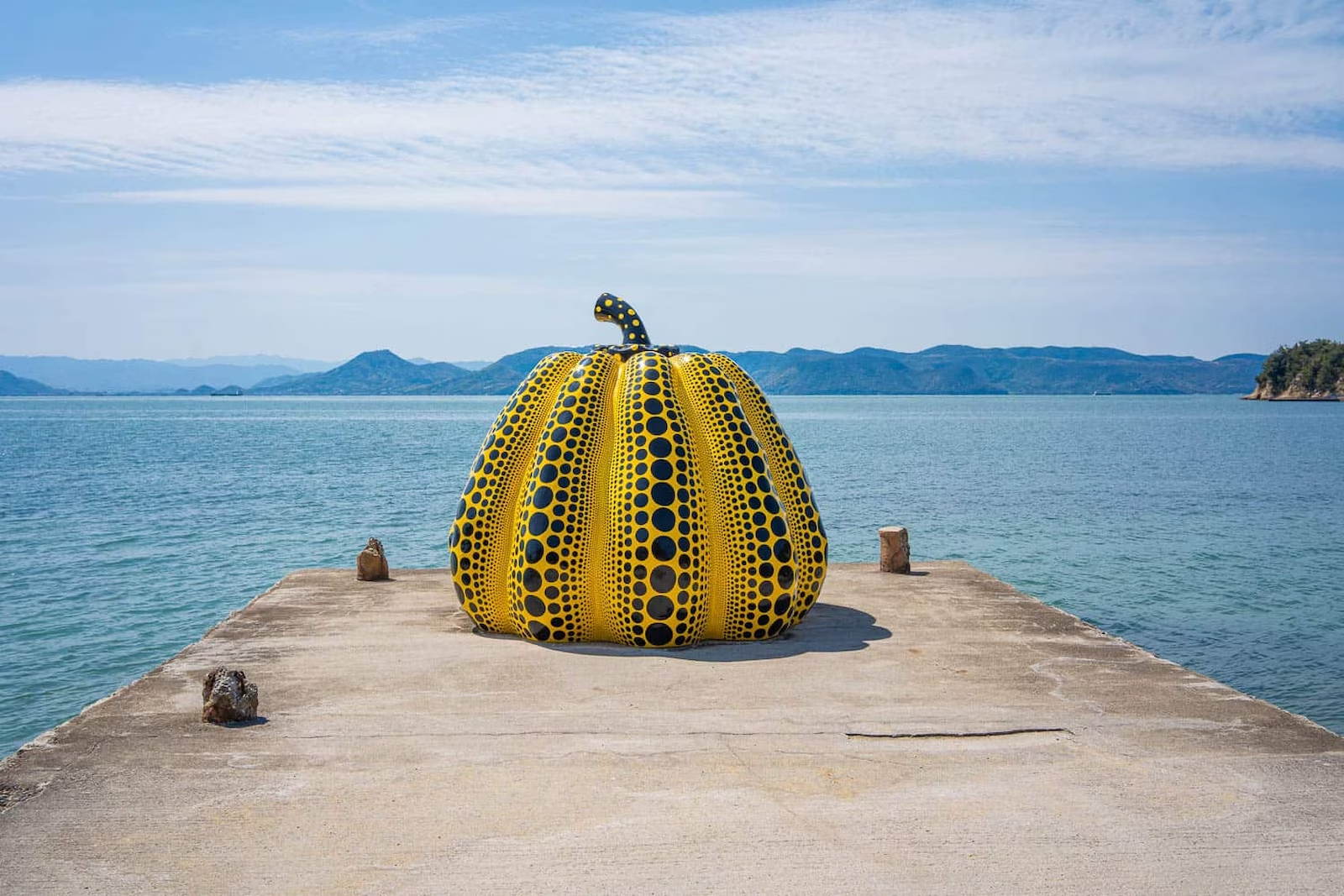
.avif)



.avif)
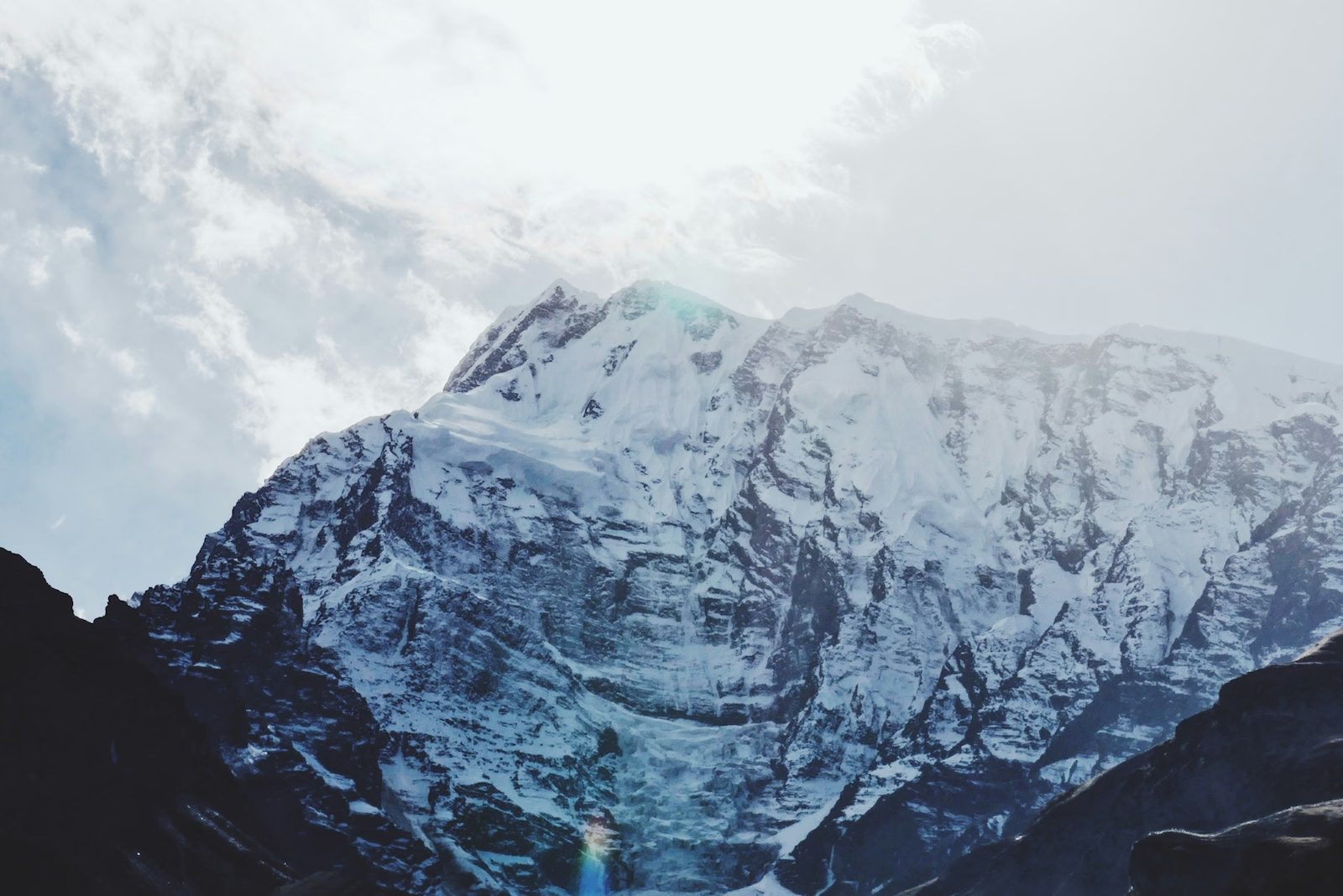
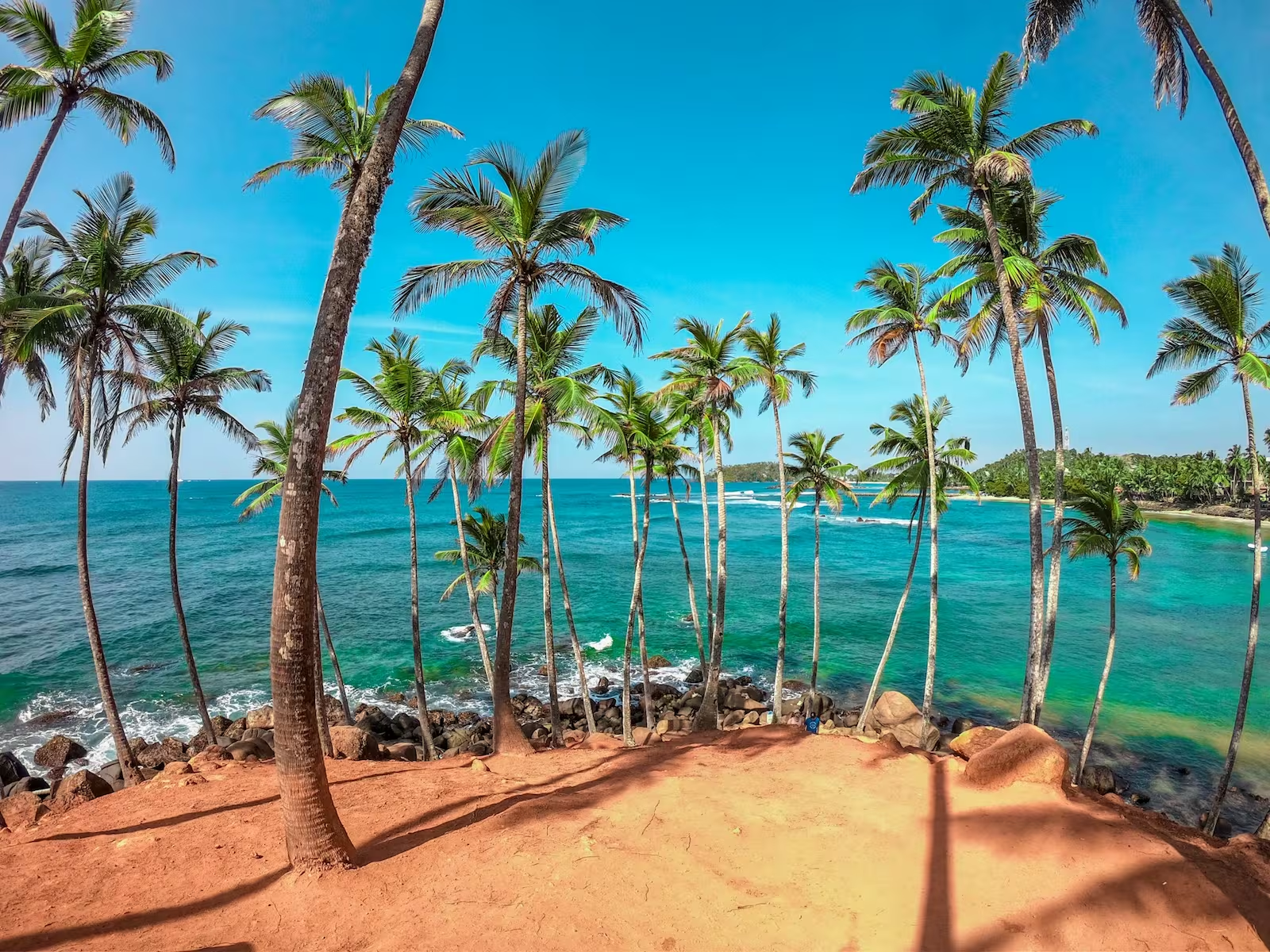

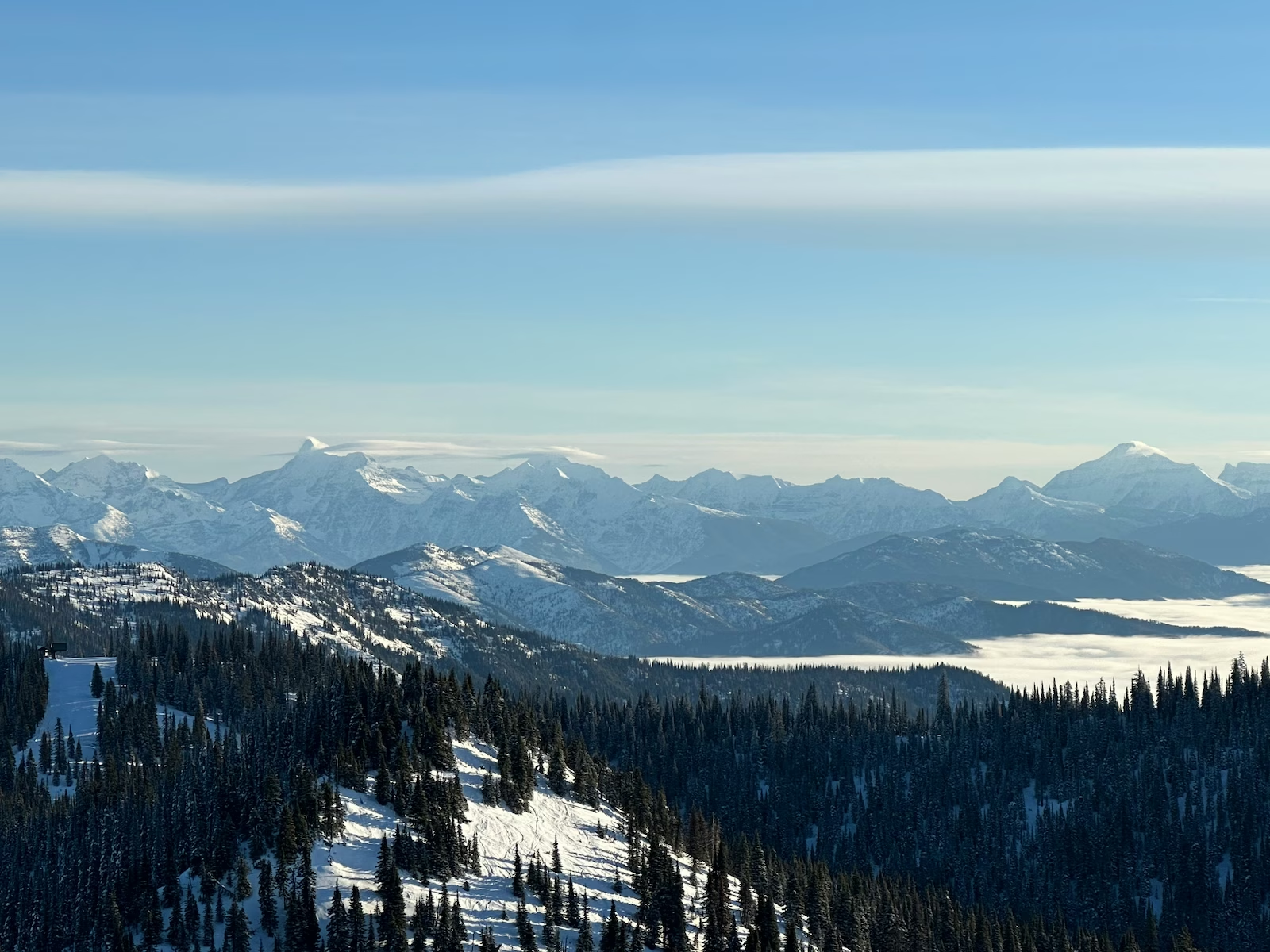
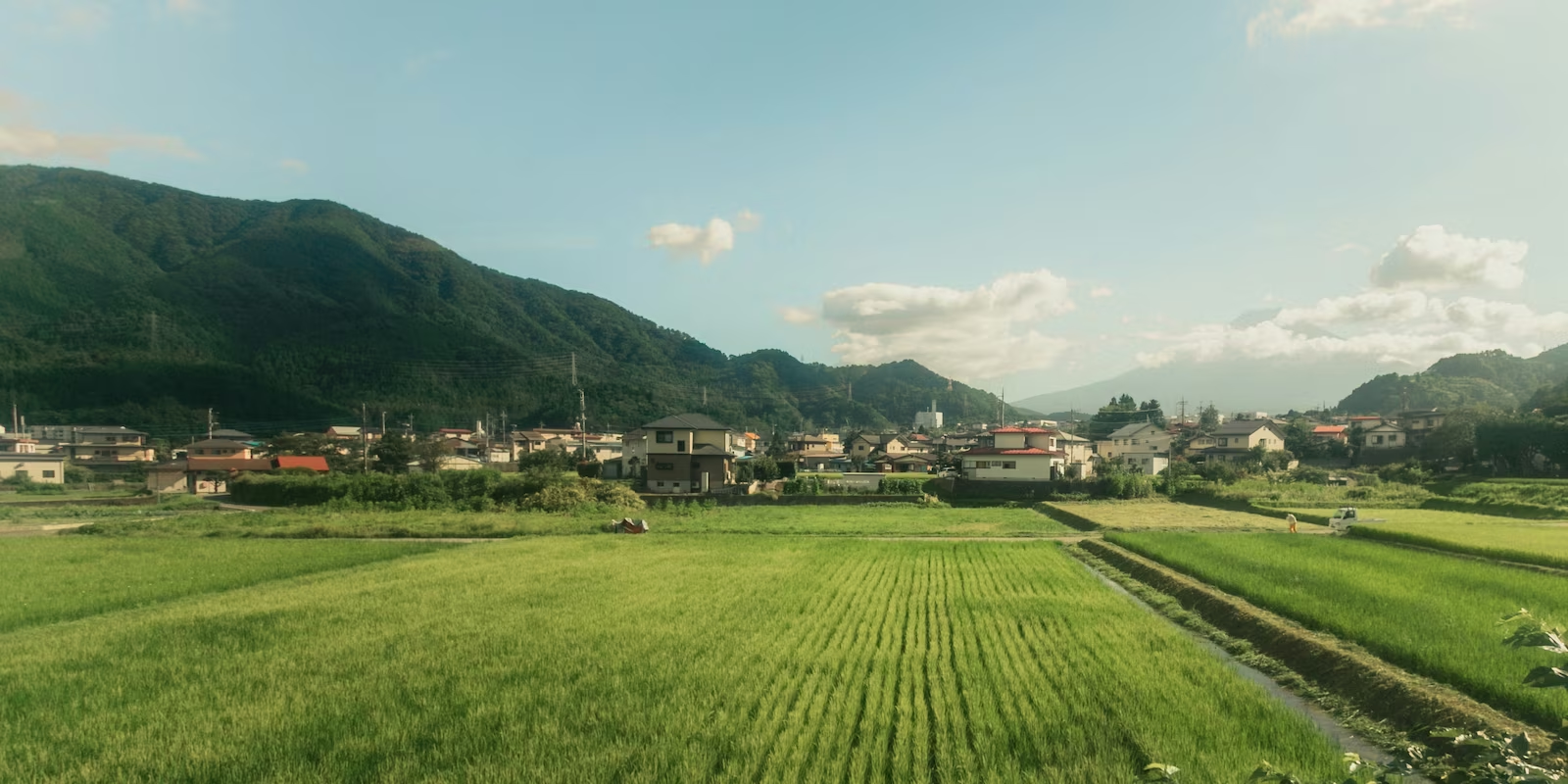
.jpg)